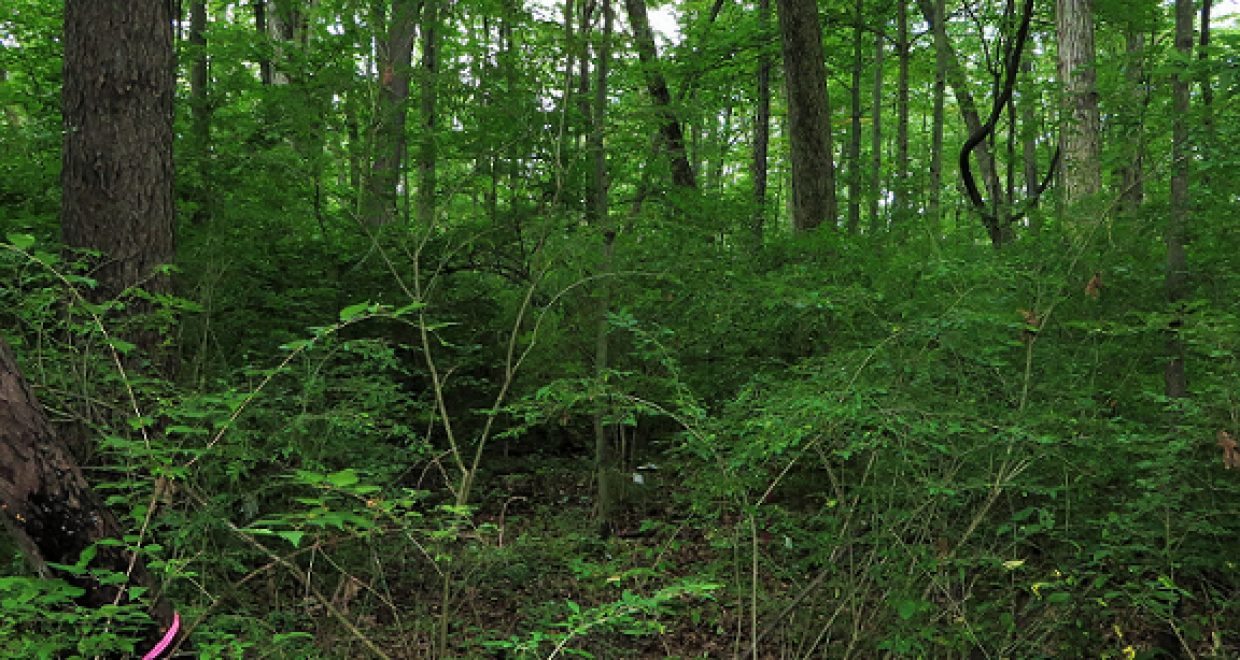Can native plants make a comeback on their own?
As invasive shrubs become more prevalent in U.S. forests, they are creating dense understories that outcompete native plants. Land managers with limited resources find themselves facing a tough decision. Does it make sense to remove the invaders if a comprehensive restoration program isn’t possible?
A new research study conducted by Pennsylvania State University shows that removal alone can be enough. Native plants were found to regenerate quite nicely on their own once their competitors were out of the picture.
Researchers removed invasive shrubs from five plots in a mature, deciduous forest in the Eastern U.S. using hand clippers and herbicides. They followed up each spring to remove any new seedlings.
Seven years later, researchers found a significant increase in the number and diversity of both native understory species and small trees. Surprisingly, this natural regeneration exceeded the growth of native cover in unmanaged control plots – even those where no invasive shrubs were found.
The bottom line: Invasive shrub removal can make sense, even when proactive steps to restore the native plant community aren’t possible.
If you’d like to know more, read the article “Invasive Shrub Removal Benefits Native Plants in an Eastern Deciduous Forest of North America,” which is found in Volume 12, Issue 1 of the journal Invasive Plant Science and Management.






